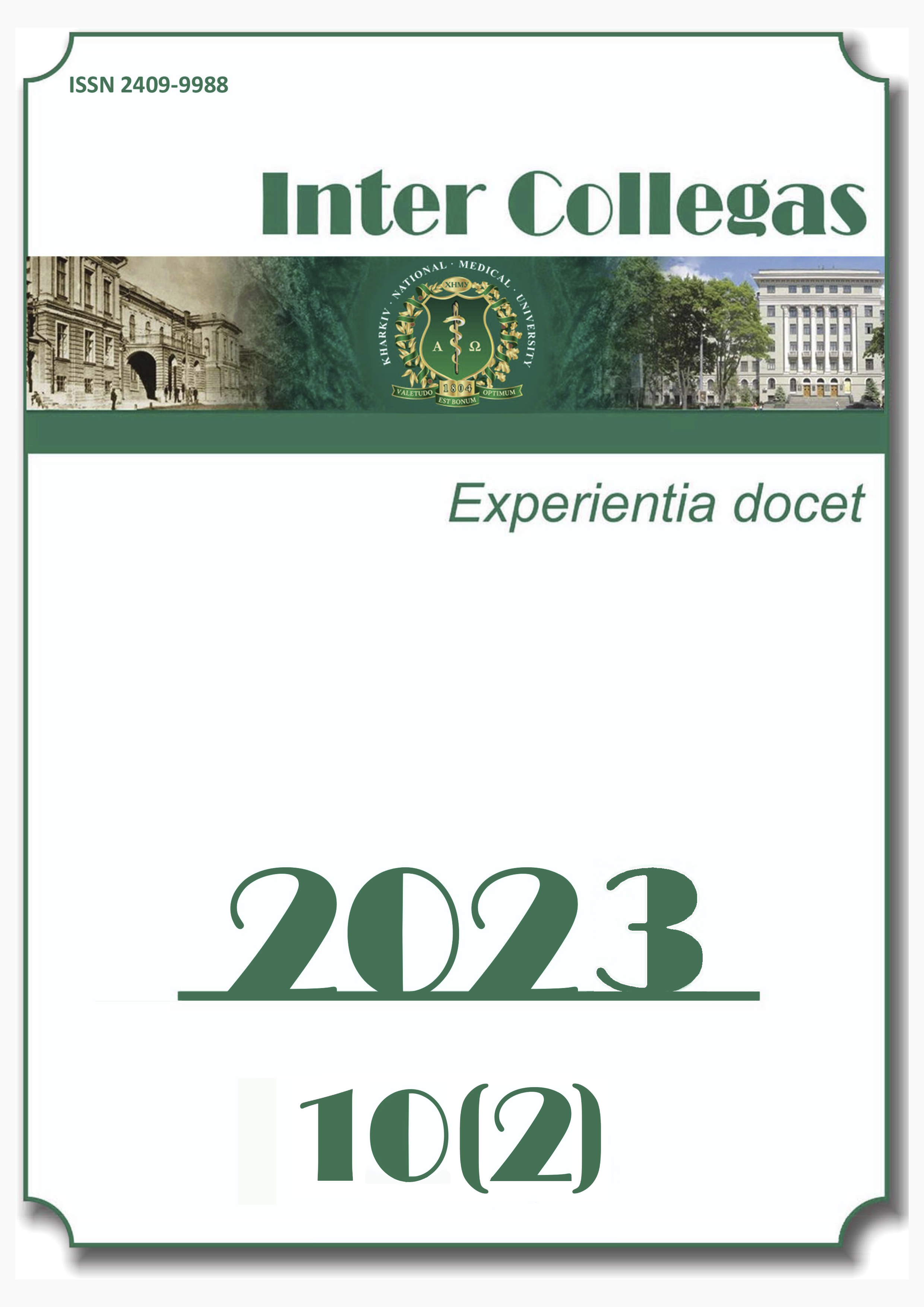Abstract
Background. The question of distribution of masticatory pressure is one of the main branches in qualitive manufacturing of removable constructions. With the development of software, as well as with the increase in the power of computer technology has also spread to the problems of biomechanics, in particular the biomechanics of the human oral cavity.
The aim of our study was to analyze the results of using the method of finite element techniques with the purpose to improve the quality of prosthetic treatment by correct modeling constructional denture elements.
Materials and Methods. The study involved 45 patients aged 44–73 years (mean age 59.2±4.3) treated with complete laminar prosthetic constructions for the upper jaw and lower jaw. A powerful method was developed to solve the problems of the theory of elasticity – the finite element method. The main idea is that the body under the study is divided into a finite number of subdomains or elements on which the desired continuous function is approximated by a polynomial (consists of piecewise continuous functions). A two-dimensional quadrangular element with four nodes was chosen as the partition element. Dividing it into elements and further solving the problem was in the ANSYS Mechanical APDL package (USA).
Results. Regarding the calibration of the ultimate displacements of nodal points and as a result of the distribution of masticatory pressure under the basis of a complete removable dentures on the tissues of the prosthetic area, the average values of each plane were as follows: for section PM1 – the plane with high pressure was ([675298.14±5.21] m2K). Taking the PM2 region, the values were slightly higher ([369743.3±3.9] m2K) and ([735356.34±4.52] m2K), respectively.
Conclusions. Our findings suggest direct relationship between the using of mathematical calculation of material volume, volume deformation, potential data and elasticity theory as auxiliary element in the manufacture of removable dentures and, as a result, direct influence on level of quality of following constructions.
Keywords: orthopedic treatment, finite element method, complete removable dentures, deformation and tension theories.
References
Abasolo M, Aguirrebeitia J, Vallejo J, Albizuri J, Coria I. Influence of vertical misfit in screw fatigue behavior in dental implants: A three-dimensional finite element approach. Proceedings of the Institution of Mechanical Engineers, Part H: Journal of Engineering in Medicine. 2018;232(11):1117-28. DOI: 10.1177/0954411918806325.
Nespryadko V, Bohatyrova D. The condition of mimic and masticatory muscles in elderly people with complete tooth loss who use complete removable prostheses (CRPs). Actual Dentistry. 2023;1(2):30-5. DOI: 10.33295/1992-576X-2023-1-2-30. [In Ukrainian].
Katranji A, Misch K, Wang HL. Cortical bone thickness in dentate and edentulous human cadavers. J Periodontol. 2007;78(5):874-8. DOI: 10.1902/jop.2007.060342. PMID: 17470021.
Chen J, Ahmad R, Li W, Swain M, Li Q. Biomechanics of oral mucosa. J R Soc Interface. 2015;12(109):20150325. DOI: 10.1098/rsif.2015.0325. PMID: 26224566.
Nakamura K, Yamamoto T, Ema R, Nakai K, Sato Y, Yamamoto K, et al. Effects of mechanical stress on human oral mucosa-derived cells. Oral Dis. 2021;27(5):1184-92. DOI: 10.1111/odi.13638. PMID: 32890424.
Yanishen IV, Andrienko KYu, Pereshivailova IO, Salia LG, Berezhna OO. Evaluation of patient's quality life with joint and muscle dysfunction. Wiadomości Lekarskie [Medical Advances]. 2020;8(7):1350-4. DOI: 10.36740/WLek202007108. PMID: 32759418.
Ganti B, Bednarz W, Komuves K, Vag J. Reproducibility of the PIROP ultrasonic biometer for gingival thickness measurements. J Esthet Restor Dent. 2019;31(3):263-7. DOI: 10.1111/jerd.12446. PMID: 30520211.
Muller HP, Schaller N, Eger T, Heinecke A. Thickness of masticatory mucosa. J Clin Periodontol. 2000;27(6):431-6. DOI: 10.1034/j.1600-051x.2000.027006431.x. PMID: 10883873.
Lacoste-Ferre MH, Demont P, Dandurand J, Dantras E, Duran D, Lacabanne C. Dynamic mechanical properties of oral mucosa: Comparison with polymeric soft denture liners. J Mech Behav Biomed Mater. 2011;4(3):269-74. DOI: 10.1016/j.jmbbm.2010.10.005. PMID: 21316614.
Kanbara R, Nakamura Y, Ochiai KT, Kawai T, Tanaka Y. Three-dimensional finite element stress analysis: the technique and methodology of non-linear property simulation and soft tissue loading behavior for different partial denture designs. Dent Mater J. 2012;31(2):297-308. DOI: 10.4012/dmj.2011-165. PMID: 22447065.
Yanishen IV, Fedotova OL, Khlystun NL, Berezhna OO, Kuznetsov RV. Quality of orthopedic rehabilitation of patients with post-traumatic defects of the upper jaw by characteristics of biocenosis of the oral cavity. Wiadomości Lekarskie [Medical Advances]. 2020;73(1):2138-4. DOI: 10.36740/WLek202010106.

This work is licensed under a Creative Commons Attribution-NonCommercial-ShareAlike 4.0 International License.


